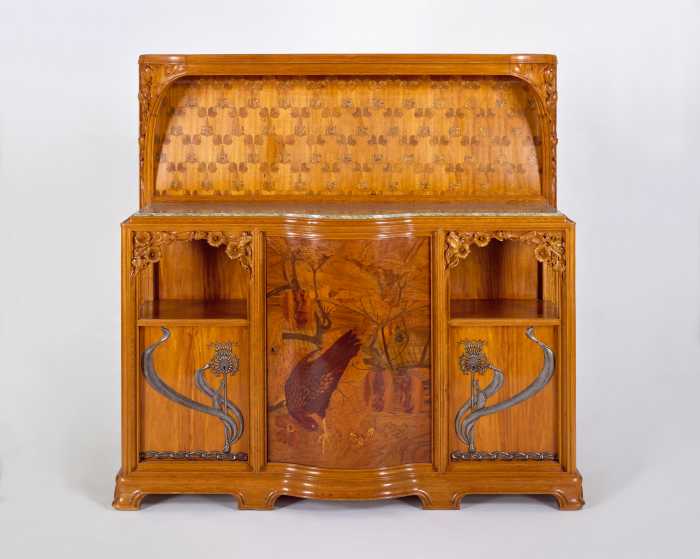Harriet Tubman led thousands of slaves to freedom and now the legacy of
the famed abolitionist may help save a row of old homes.
Several residents along Duffield Street in Downtown Brooklyn — who
claim their homes were part of Tubman’s slave-freeing Underground
Railroad — are asking the city to put the brakes on a massive rezoning
plan.
Those low-rise buildings, dating back to the mid-1800s could face the
wrecking ball if the city approves the sweeping Downtown Brooklyn Plan
now up for final approval from the City Council.
But in a surprise move, a council land use sub-committee postponed voting
on the plan and asked the Economic Development Corp. (EDC) and Department
of City Planning to do more research into whether the homes may have been
part of the route to freedom for slaves.
The Zoning and Franchise sub-committee and the full Land Use committee
are slated to cast their votes on Monday. The full council is scheduled
to vote on the plan on June 28.
At a public hearing on Tuesday, EDC Chief Operating Officer Joshua Sirefman
said the city had studied dozens of documents from the Municipal Archives,
as well as records from the Department of Buildings, New York Historical
Society, census records, historical maps and newspapers and did not find
any indication the buildings were part of the Underground Railroad.
"Research to date indicates that none of the early owners or occupants
names can be traced to known African-American families or abolitionists
who may have offered their homes as a safe house … research also
shows the buildings do not maintain their original integrity," Sirefman
told the Land Use Subcommittee for Zoning and Franchises.
But Joy Chatel, who lives at 227 Duffield St. where she also runs a hair
salon, said nobody had even come to her home to investigate. Hers is one
of the buildings that would be condemned for development under the Downtown
Brooklyn Plan.
So Queens Councilman Tony Avella, who chairs the sub-committee, asked
the city agencies to visit the homes the following day and return to the
committee Thursday.
“We need to make sure we’re giving people proper time to do
the research and that we’re not rushing judgement,” said Avella.
On Thursday, the committee reconvened and grilled City Planning and EDC
officials on the houses. Both agencies contend that there is no evidence
linking the homes to the Underground Railroad.
East New York Councilman Charles Barron, a former Black Panther and potential
mayoral candidate, said he would not vote for the plan unless the Duffield
Street issue was resolved.
Fort Greene and Prospect Heights Councilwoman Letitia James said she is
still confident an agreement can be reached.
"We need to balance development with preserving our past," said
James, whose been working with the residents.
The only preservation required by the city is to photograph the buildings
before they are torn down.
Created to stem the tide of corporations seeking back-office space outside
the city and state, the Downtown Brooklyn Plan would allow for the construction
of at least 4.5 million square feet of office space, 1 million square
feet of retail space, 1,000 units of housing and 1.5 acres of open space.
As part of the $100 million plan, the government would also condemn seven
acres of private land including 130 residential units and 100 businesses.
The plan has been approved by Borough President Marty Markowitz and the
City Planning Commission.
Critics at Tuesday’s meeting were also calling for transposition
and infrastructure improvements. Others said they were concerned about
displaced businesses being fairly compensated.






















